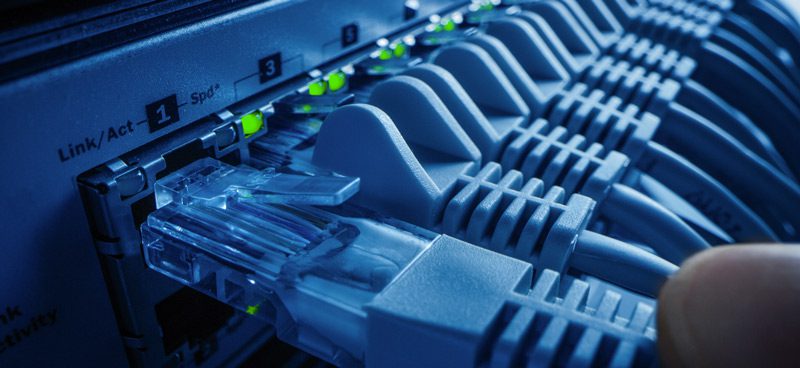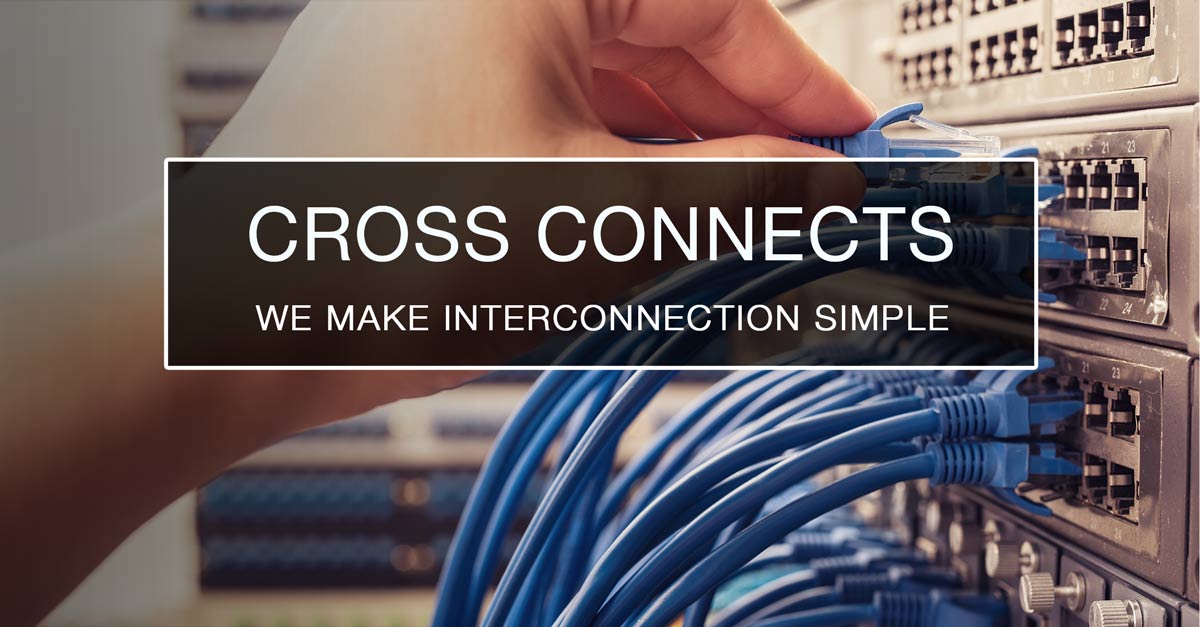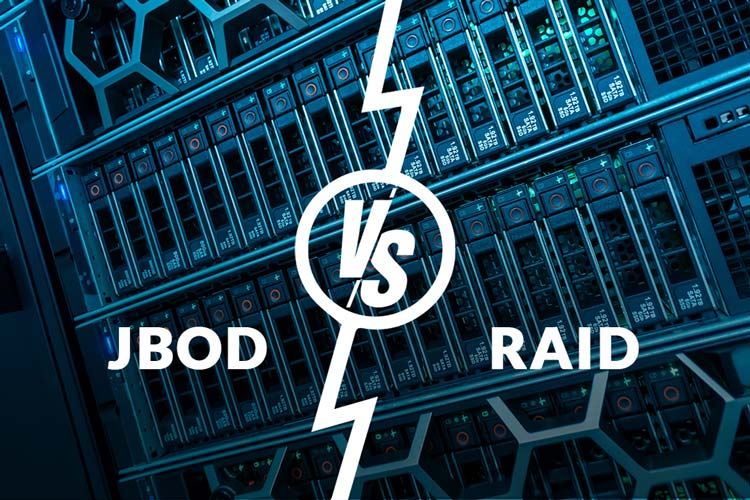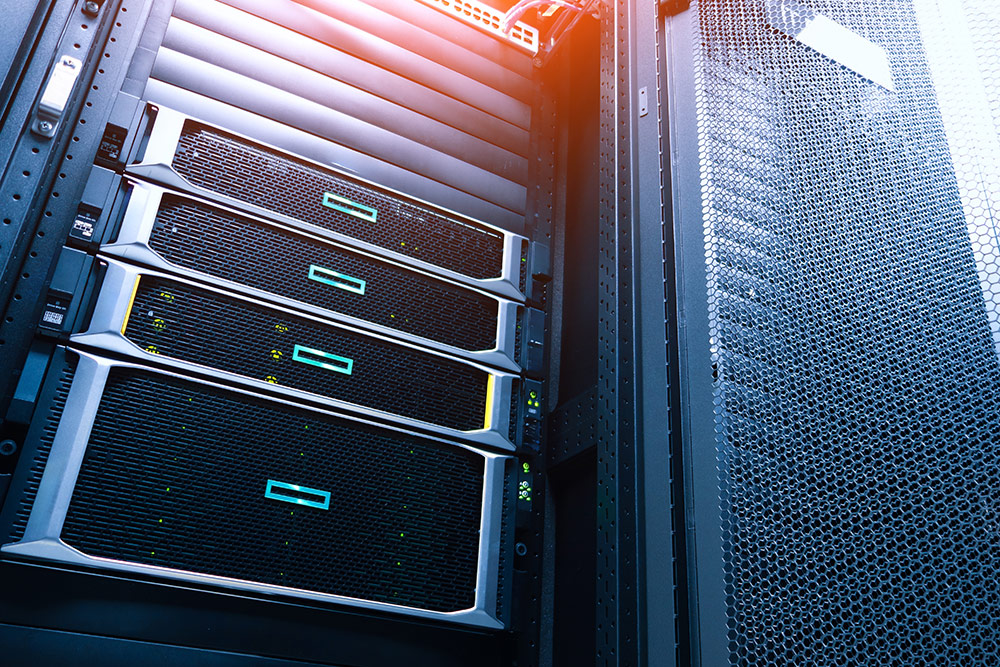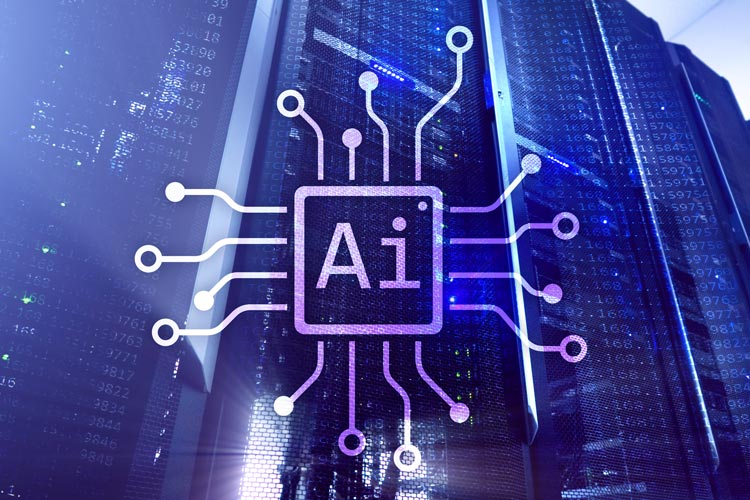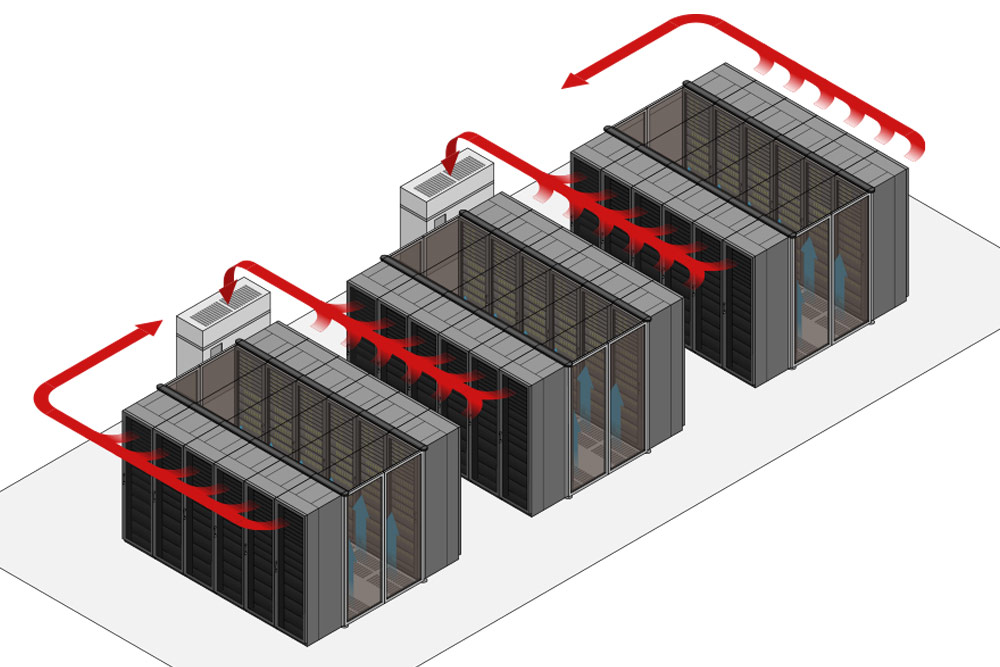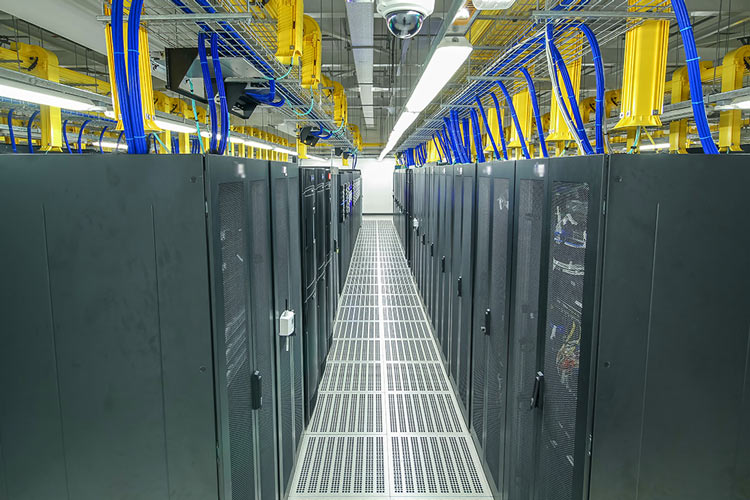When you first hear the term Data Center Interconnection, connectivity is probably the first thing that goes through your mind. The simplest explanation for the term is just that. It allows interconnection among data centers.
Connectivity is vital in today’s world, and without connectivity, we would hardly have the simplicity of the modern world. Just think back to notebooks filled with phone numbers, land-line phones, and browsing the library for almost any kind of information. The Internet is what allows this incredible level of connectivity. Without the Internet, life as we know it would stop. So how does the internet do that? There are two parts required for Data Center Interconnection, and we’ll cover both in this article.
What is a Data Center?
Nowadays, we live in an intensely connected world. From the phone in our hands to our TVs, ACs, security systems, and most types of tech toys we use to connect in one way or another to the Internet or the World Wide Web. This generates massive amounts of data that need to be managed and distributed globally in some cases. Just think of all the information your Facebook page contains, then add your Netflix preferences, YouTube, and Spotify. All these applications store your information in the Cloud. Well, the Cloud isn’t a cloud in the sky from which rain pours down when it’s too heavy with humidity. Instead, the Cloud is a physical place, an actual location where all this information is stored, saved, and managed. The physical Cloud is also called a Data Center.
Data centers are used by businesses to house data and applications. They store various business applications somewhere else to save up on the equipment necessary in a data center. Unfortunately, small, medium, and even large companies don’t all have the financial abilities, technical know-how, and physical storage space for a data center, which is why data center facilities sell storage space to these companies. A data center facility is built on an infrastructure of routers, switches, firewalls, servers, storage systems, and application delivery controllers. This storage resources and computing technologies network allows shared applications and data to be delivered to the customer.
What is Interconnection?
With the development of data center facilities, the reliance on the physical infrastructure of each such facility became vital. Just imagine if Google stored all its information in one data center and the electricity went out. That would mean that all the information supplied by Google would be inaccessible. For that not to happen, one could say that data centers evolved. Nowadays, finding a data center that has the element of interconnection is a necessity for big corporations.
Initially, data center facilities were designed to serve one function each, compartmentalized by resources and valuable for one type of data each. When a company wanted to enhance its IT capabilities, it had to build another data center to serve that function. Today’s connectivity needs to change that model through the data center interconnection technology. This innovation allows for two or more data center facilities to share resources and storage space amongst them. Like this, if the infrastructure of one data center fails, another can take up its load and continue to provide the services necessary for each company. This requires a physical connection.
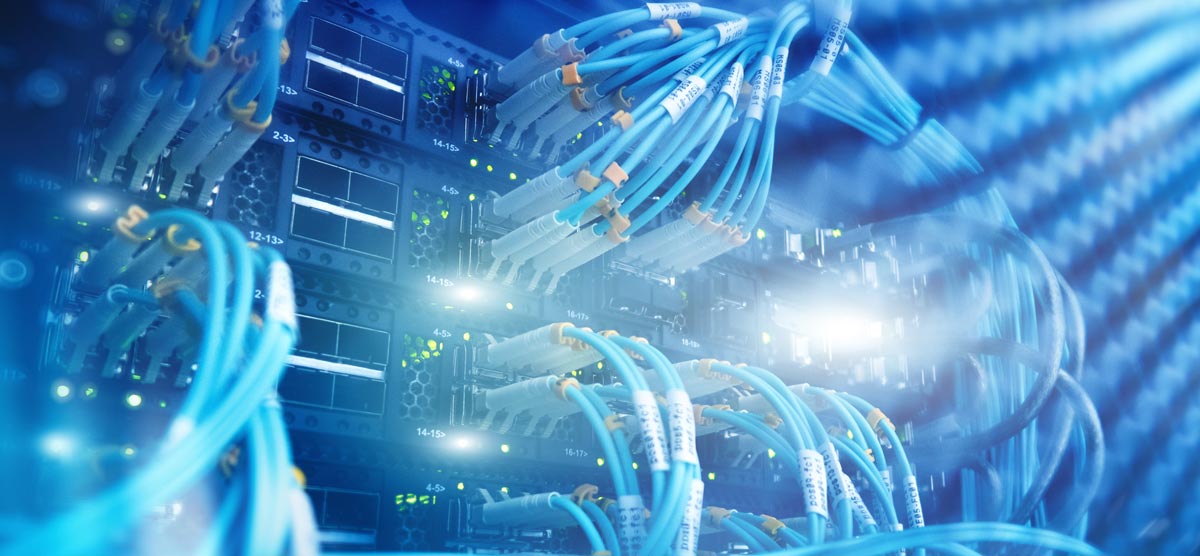
Data Center Interconnection and its Role
Now that we understand what data centers and interconnection are, we can take a closer look at Data Center Interconnection (DCI) and its role in today’s global technology and connectivity. The need to be connected is more significant than ever, and technology found a way to answer the growing demand. However, having been used to having easy access to information, the possibility of that being inaccessible seems almost apocalyptic given how much we rely on technology. Data center interconnection takes care of that by allowing multiple DCI providers to share the resources at their disposal to communicate and transfer data simultaneously.
These DCI can be in close proximity to each other, but they can also connect to distant DCI’s through distributed exchange points housed by carrier-neutral colocation data centers. The connection of these DCI’s is possible through VPNs (virtual private networks), direct fiber lines (optical cables), or the public internet. The first two options give companies higher security insurance and a lower latency risk, but these come at a higher cost. These master connections of DCIs allow users to access and utilize IT resources from any of the DCIs within the network.
Not all DCIs are identical, and not all of them follow the same protocols. Because of this, it is vital to take some important DCI network considerations into account when browsing for DCI providers. These critical elements of their infrastructure, protocol and services offered can make a difference in your company’s success or failure.
Distance
The distance between interconnected data centers can impact the latency of packet transmission. To improve your network’s performance, always look for a low latency connection. This usually comes with data centers that are in close proximity as the key for low latency comes from the shortest distance for the physical connection and the type of cables used for that connection. For example, fiberoptic is faster than UTP and so on.
Capacity
The fact that DCI connections allow data centers to share workload and storage space by transferring data to each other does not mean that all data centers have the same capacities. Data centers with a limited storage capacity or unable to handle data traffic spikes can hinder the performance of an entire DCI ecosystem.
Security
Living in the age of information, security is always a priority. Data breaches can be the end of any organization giving the nature of information online and the GDPR. This is why, whenever data is sent from one data center to another, it needs special protection provided by IT personnel. In addition, any in-transit data in a DCI connection must respect strict encryption protocols and follow strict rules of accessibility and utilization.
Operations
The amount of protocols and open APIs used in a DCI network is astronomical, and they are necessary to ensure rapid movement of data between workloads and across applications. These protocols and open APIs are automatic key systems that take human error out of the equation and increase transmission speed. These protocols are implemented by IT personnel, but once in place, they continuously complete their function freeing the IT personnel to focus on other, more important tasks.
Cost
At the beginning of data center infrastructures, companies would create their own data centers, but the cost of an up-to-date data center is a massive undertaking. Nowadays, most businesses choose third-party data centers for colocation solutions, also known as data center providers. Through DCI networks, multiple companies can use their resources collectively to increase the data centers’ capacities. Like this, businesses get all the benefits of using a data center without the capital investment required to build one.
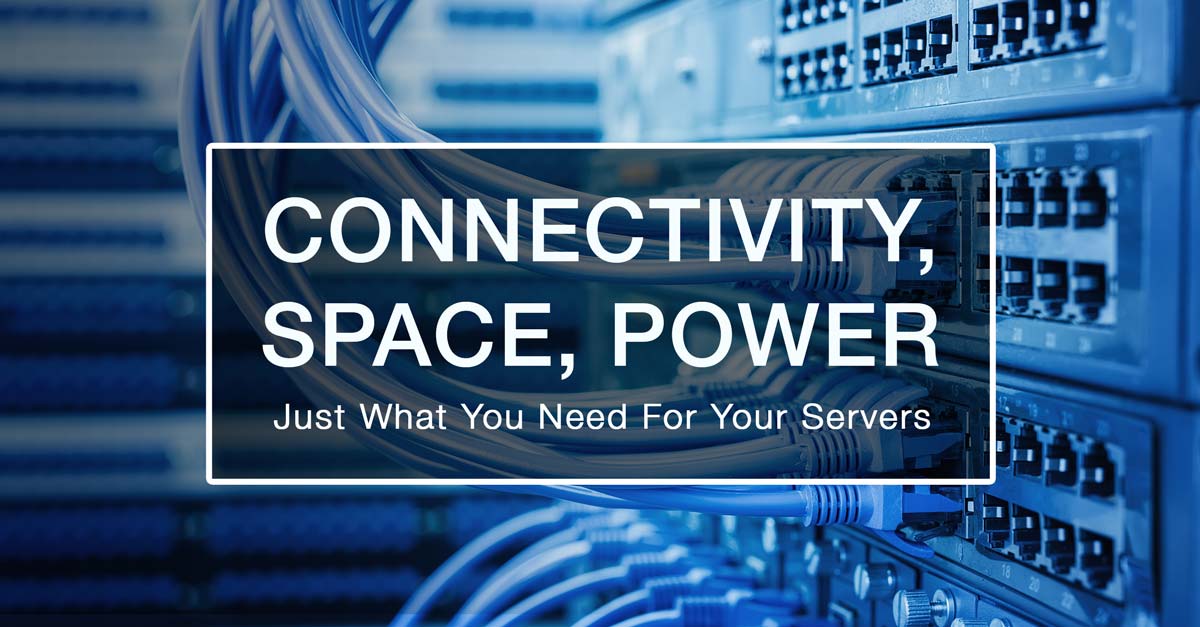
Types of Data Center Interconnection
Depending on the specific needs, different types of data center Interconnection include the following:
Cross Connect: A cross-connect is a physical link (usually a patch cord) that connects that connect separate units of the facilities within a data center. A cross-connection can be viewed as a direct point-to-point connection between two hardware assets in a data center. Cross-connects are used to connect different services, different customers, or different applications and provide an essential point of flexibility in the physical network infrastructure.
Peering Exchange: A peering exchange is a marketplace that allows ISPs to connect with each other and exchange IP traffic for their mutual benefit. This avoids expenses that could be incurred in third-party networks for guaranteed connectivity. It also helps in improving the end-user experience due to the shortest and best network route.
Inter-Site Connectivity: This type of connectivity is used to establish a physical or virtual data connection between two data centers to reduce link failures, load balance and reduce traffic congestion.
Blended IP: Blended approach ensures optimal traffic routing while mitigating network congestion. This option combines several connectivity options of ISPs to provide a single reliable and redundant connection. Blended IP service providers offer firms the option of a single redundant Internet connection without the possibility of negotiating with multiple service providers. This helps to get the highest speed of data transfer as compared to a single provider.
Benefits of Data Center Interconnection
After analyzing the section above, we can clearly see the main benefits of using Data Center Interconnection. Modern living implies living in the age of technological innovations with Artificial Intelligence and data transmission from one corner of the world to another. Data Center Interconnection ensures security in an age where hacking has become the world’s biggest threat. It also allows companies to ensure the quality of service policies, among others, to guarantee performance under any circumstances. Businesses and organizations have increased flexibility in choosing how workloads are distributed and prioritized because, through the use of Data Center Interconnection, they have access to multiple types of connections.
If those perks aren’t enough, consider that Data Center Interconnection allows providers to use their resources collectively and tap into the physical and virtual resources of other data centers they are interconnected with. Doing this will enable them to balance their workload so their network infrastructure won’t oversaturate with protocols and packet transmissions.
Conclusion
Through Data Center Interconnection, organizations can use their own resources to increase their IT functionality and versatility. Small, medium, or large companies no longer need to spend large amounts of their capital on building their own data centers as data center providers offer those services at a fraction of the cost required to build one. In addition, these service providers have multiple functions. If that data center does not cover the function you need, other interconnected data centers will cover it through data center interconnection.
The ability to increase a data center’s capacity and processing power is one interconnection away, making these data centers capable of focusing more on innovating their products and technologies. Otherwise, they would spend their profits on building new infrastructures all the time. In addition, having access to this type of technology simplifies IT departments worldwide reduces maintenance and personnel costs, and ensures a higher, more secure method of data transmission from provider to the end-user.

